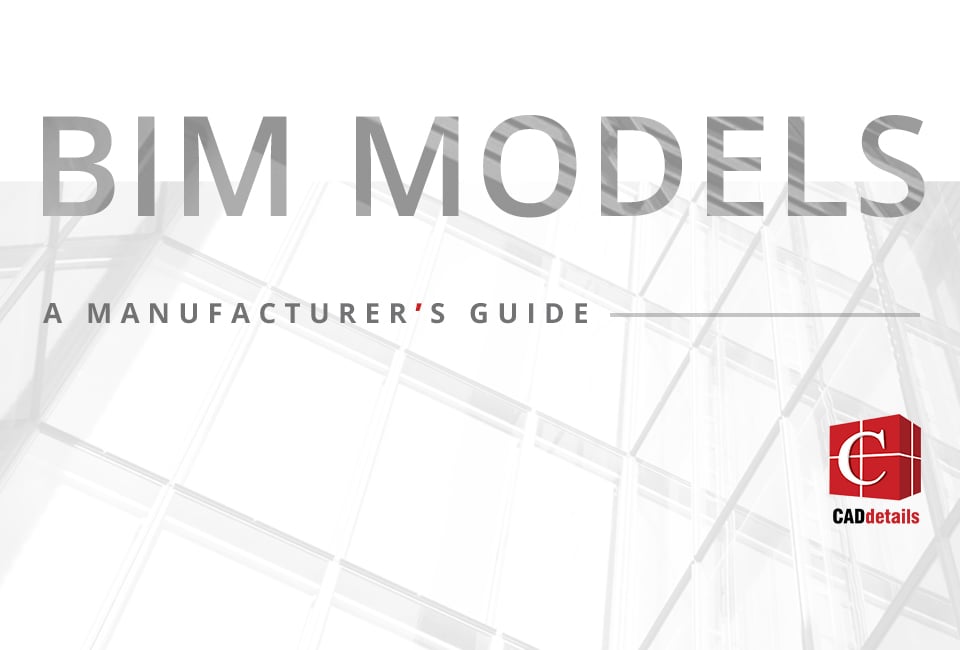General and landscape architects have increasingly embraced Building Information Modeling (BIM) technology. While larger architect firms have broadly adopted BIM, this adoption has been slower in the landscape community. This is because of the lack of tools and basic elements the landscape community needs. Implementation has been slower for landscape architects, but development is ongoing to improve the usability of BIM for landscape architects.
Mike Shilton explored BIM in landscape design in the UK in a 2018 paper in the Journal of Digital Landscape Architecture. The UK has a BIM mandate for public sector projects, and BIM is becoming the industry standard. Shilton pointed out that building projects virtually before breaking ground provides landscape architects the ability to create landscapes that perform better, are delivered on time and on budget, all while keeping a perspective on maintenance and sustainability. BIM delivers a framework for the entire project life-cycle including project delivery, construction, and ongoing management. The BIM framework encourages collaboration throughout the project life-cycle including building maintenance. Looking ahead, the move to BIM will enhance interaction with virtual models as additional technologies such as virtual and augmented reality allow design teams to interact with models and anticipate the final product. This move will lead to more informed decisions and better performing landscape design.
As with general architecture, there is an ongoing migration to BIM by landscape architects, albeit a slower migration than for general architects. While this grows, manufacturers of landscape products that make their products available in BIM encourage design teams to interact with their products in a virtual environment.
The move to BIM is being facilitated by industry pioneers such as landscape architect Lauren Schmidt who created online video training and blogs for BIM in landscape architecture. Schmidt pointed out in Redshift by Autodesk that landscape architecture is a smaller market than civil engineering and architecture, and somewhat wedged between the two. Traditionally the landscape architect community has been underserved by the available tools.
In World Landscape Architecture, Lauren Schmidt contributed an article in 2016 that discusses the landscape architect’s transition to BIM. She points out the advantages of moving from basic visual 3d modeling such as that offered by SketchUp allows landscape architects to include detailed information and parameters for their projects. For example, a tree in a BIM landscape could include information such as the necessary requirements for planting, the scientific name, root size, water and sun requirements, and more. Having this information in the model provides a range of benefits to the design, construction, and maintenance teams. The inclusion of detailed information enhances collaboration, allows for more accurate time and cost estimates, and improves project delivery.
Due to the benefits realized by adoption of BIM technology for landscape projects, this trend will continue. Many architectural product manufacturers already make their products available to the design community as ready-to-use BIM Revit models. Doing so allows manufacturers to communicate important product information within a model that can be carried through from the planning stage throughout the project life-cycle. This is an option being increasingly explored by landscape product manufacturers.
If you are a manufacturer of building or landscape products and want to encourage the design community to interact with and specify your products, please reach out to us to discuss BIM Revit® development for your products.


